Raul Garcia
Deep object detection for waterbird monitoring using aerial imagery
Oct 10, 2022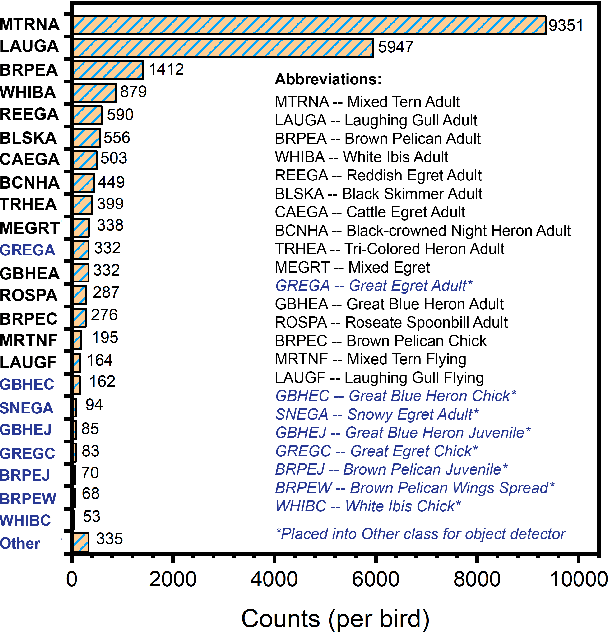
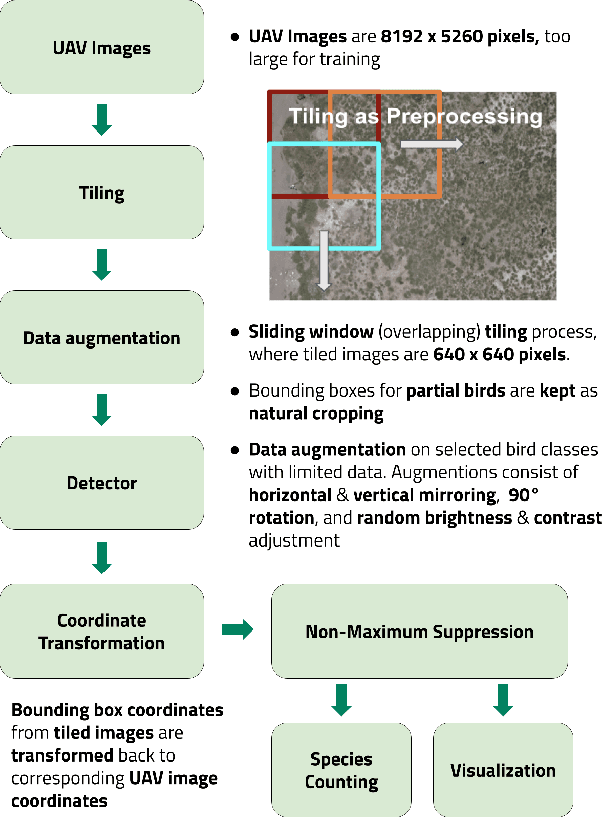
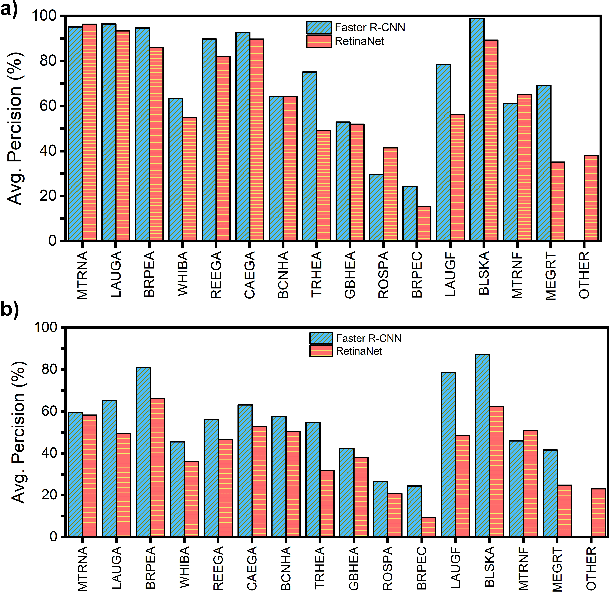
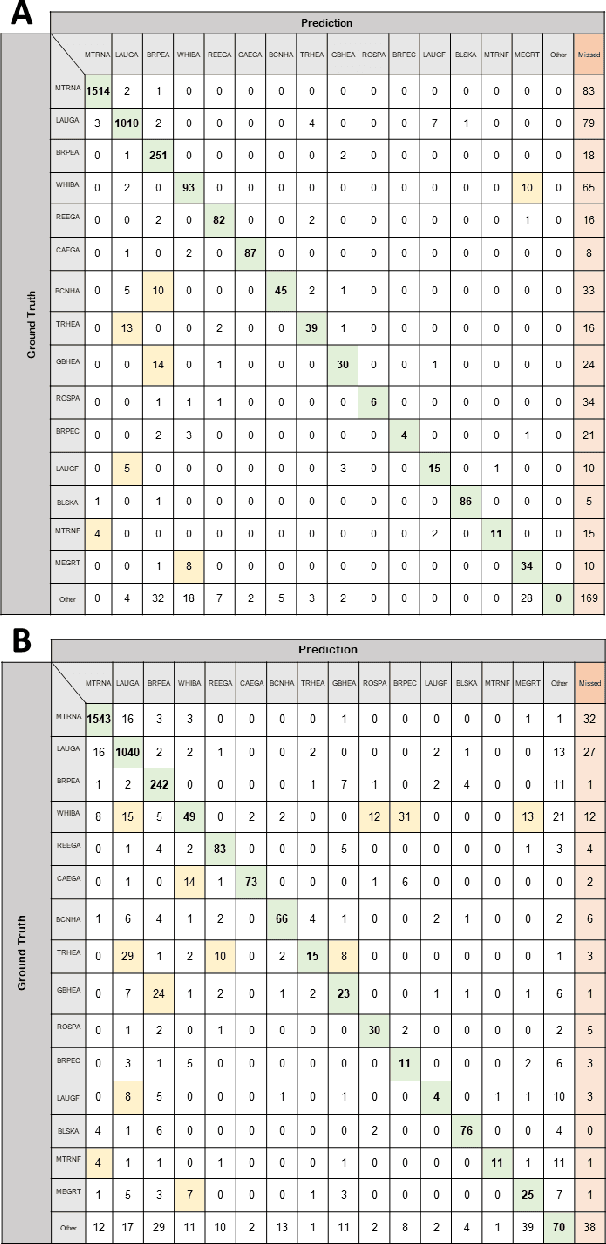
Abstract:Monitoring of colonial waterbird nesting islands is essential to tracking waterbird population trends, which are used for evaluating ecosystem health and informing conservation management decisions. Recently, unmanned aerial vehicles, or drones, have emerged as a viable technology to precisely monitor waterbird colonies. However, manually counting waterbirds from hundreds, or potentially thousands, of aerial images is both difficult and time-consuming. In this work, we present a deep learning pipeline that can be used to precisely detect, count, and monitor waterbirds using aerial imagery collected by a commercial drone. By utilizing convolutional neural network-based object detectors, we show that we can detect 16 classes of waterbird species that are commonly found in colonial nesting islands along the Texas coast. Our experiments using Faster R-CNN and RetinaNet object detectors give mean interpolated average precision scores of 67.9% and 63.1% respectively.
Improving accuracy and speeding up Document Image Classification through parallel systems
Jun 16, 2020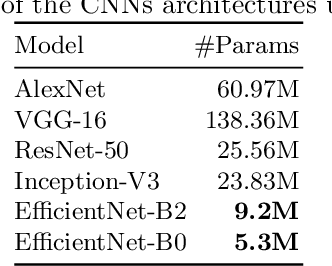
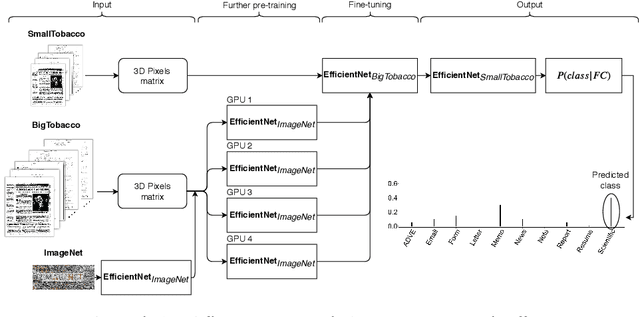
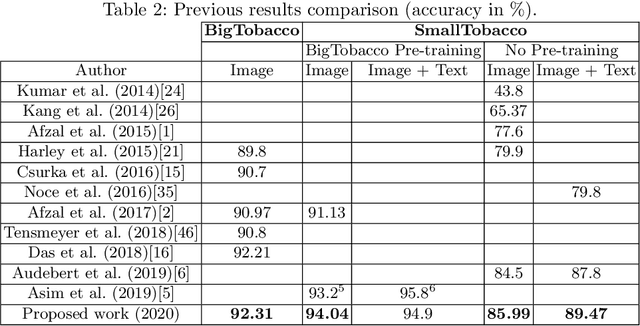
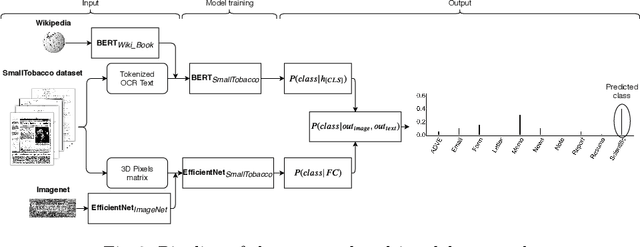
Abstract:This paper presents a study showing the benefits of the EfficientNet models compared with heavier Convolutional Neural Networks (CNNs) in the Document Classification task, essential problem in the digitalization process of institutions. We show in the RVL-CDIP dataset that we can improve previous results with a much lighter model and present its transfer learning capabilities on a smaller in-domain dataset such as Tobacco3482. Moreover, we present an ensemble pipeline which is able to boost solely image input by combining image model predictions with the ones generated by BERT model on extracted text by OCR. We also show that the batch size can be effectively increased without hindering its accuracy so that the training process can be sped up by parallelizing throughout multiple GPUs, decreasing the computational time needed. Lastly, we expose the training performance differences between PyTorch and Tensorflow Deep Learning frameworks.
 Add to Chrome
Add to Chrome Add to Firefox
Add to Firefox Add to Edge
Add to Edge